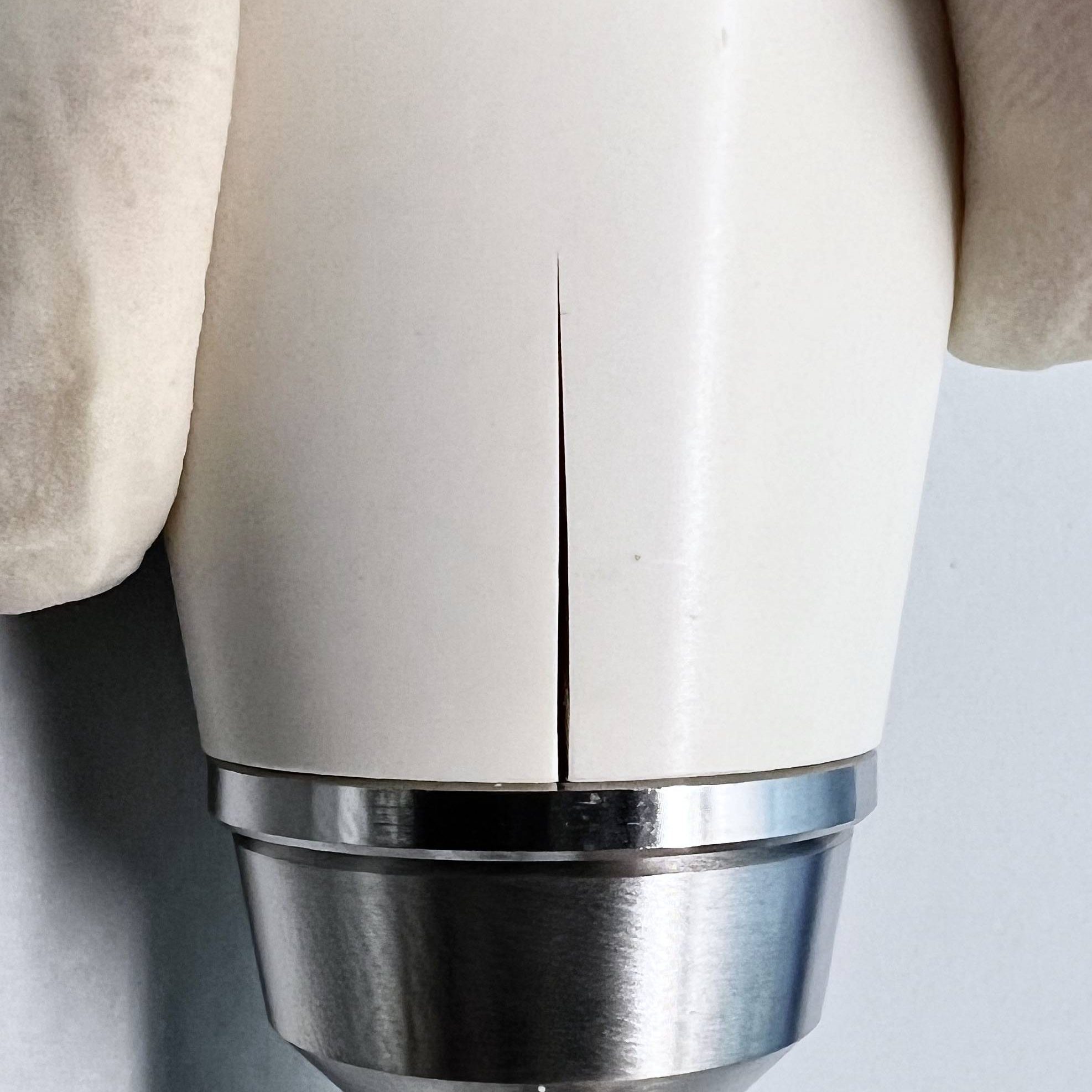Understanding Functional Failures: The Impact of Repeated Sterilization Techniques
Autoclave Cycles
Posted by: Jack Jennings
12 months ago
In modern healthcare settings, the use of reusable surgical devices is a common practice aimed at reducing costs and environmental impact. However, the repeated exposure of these instruments to sterilization techniques can lead to functional failures, compromising patient safety and surgical outcomes. This is particularly relevant as the FDA has recommended that device manufacturers include how many reprocessing cycles their instruments should be able to withstand, prompting manufacturers to stay on track with their project timeline. At Sterilogix, we specialize in helping device manufacturers save time and cost collecting the data to fulfill this recommendation.
Reusable surgical instruments play a crucial role in medical procedures, ranging from routine surgeries to complex interventions. These instruments are designed to withstand multiple uses and undergo rigorous sterilization processes to prevent the transmission of infections between patients. However, despite their intended durability, prolonged exposure to sterilization methods can result in structural damage and functional impairment. Our durability studies have uncovered design issues from the first cycle to beyond 500 cycles, prompting design modifications and preventing field issues.

The sterilization of reusable surgical devices typically involves processes such as autoclaving, ethylene oxide (ETO) sterilization, or hydrogen peroxide gas plasma sterilization. While these methods effectively eliminate microorganisms, they can also exert stress on the materials used in instrument construction, leading to degradation over time.
A study published in the Journal of Hospital Infection (Brown et al., 2019) investigated the effects of repeated autoclaving on the mechanical properties of surgical instruments. The researchers found that autoclaving cycles caused significant changes in the tensile strength and flexibility of stainless steel instruments, potentially increasing the risk of instrument failure during surgery.
Furthermore, research conducted by Jones et al. (2020) highlighted the impact of ethylene oxide sterilization on the corrosion resistance of surgical instruments. The study revealed that prolonged exposure to ETO resulted in the formation of corrosion pits on instrument surfaces, compromising their structural integrity and longevity.
Functional failures of reusable surgical instruments can manifest in various forms, ranging from visible damage to subtle changes in performance. Some common types of failures include:
1. Mechanical Wear: Repeated sterilization cycles can cause abrasive wear and deformation of instrument components, leading to impaired functionality and decreased lifespan.
2. Corrosion: Exposure to cleaning and sterilization chemicals or high temperatures can accelerate corrosion processes, weakening the structural integrity of surgical instruments and increasing the risk of breakage or contamination.
3. Material Fatigue: The repetitive stress imposed during sterilization and surgical procedures can induce fatigue failure in instrument materials, resulting in sudden fractures or failures under load.
4. Loss of Sharpness: Surgical instruments such as scalpels and scissors may lose their sharpness over time due to abrasive wear or chemical degradation, necessitating frequent sharpening or replacement.
To mitigate the risk of functional failures associated with repeated sterilization, medical device manufacturers should implement the following measures:
1. Select materials with enhanced durability and corrosion resistance for the construction of surgical instruments, minimizing the impact of cleaning and sterilization on instrument integrity.
2. Conduct reprocessing durability studies as part of the product development process to determine how many times the device can be reused based on test data (i.e., determine the reprocessing lifetime).
3. Conduct robust reprocessing validation tests of the final product that expose the devices to a lifetime of the extremes of temperatures, pressures, impingements and chemistries that will be specified in the reprocessing instructions. To obtain valid results, it is important that this testing be conducted using the same type of equipment that is used in hospital SPDs (sterile products departments). These tests should include assessment of the trays and cases designed to hold the instruments to ensure they are properly designed to minimize the risk of mechanical damage or contamination during reprocessing. These studies should also include functional checks and inspections of surgical instruments to identify signs of wear, corrosion, or other forms of damage that may compromise functionality.
4. Conduct end-of-life biosafety testing. Allocate some of the devices used in the reprocessing validations to follow-on biosafety and sterilization validations to ensure that the device is just as safe for the last patient as it was for the first.
5. Implement quality assurance and product surveillance programs to monitor the performance of reusable surgical instruments and identify potential issues before they escalate.
The repeated exposure of reusable surgical equipment to sterilization techniques poses significant challenges in maintaining their functionality and integrity. Understanding the underlying mechanisms of functional failures is essential for implementing effective strategies to mitigate risks and ensure patient safety during surgical procedures. By adopting proactive measures such as material selection, robust reprocessing tests, and post-market surveillance, manufacturers can minimize the impact of repeated sterilization on the performance of surgical instruments, thereby enhancing the quality of patient care.
SteriLogix is uniquely qualified to partner with device manufacturers to develop steam sterilizable instruments that can improve patient safety while still achieving reprocessing performance and longevity requirements. We are your source for conducting independent, accredited, reprocessing durability tests of reusable medical devices.
References:
1. Brown, A. C., Barker, J., & Hook, C. R. (2019). The effects of repeated autoclaving on the mechanical properties of surgical instruments. Journal of Hospital Infection, 102(3), 301-306.
2. Jones, L. E., Smith, P. J., & Garcia, A. S. (2020). Impact of ethylene oxide sterilization on the corrosion resistance of surgical instruments. Materials Science and Engineering: C, 107, 110315.
Ready to Verify the Life Cycle of Your Reusable Medical Device?
Utilizing our Clinical Reprocessing Cycles (CRC) testing provides a technical, non biased, certified validation so that you can be confident your materials and products are able to withstand the rigors of reprocessing.


